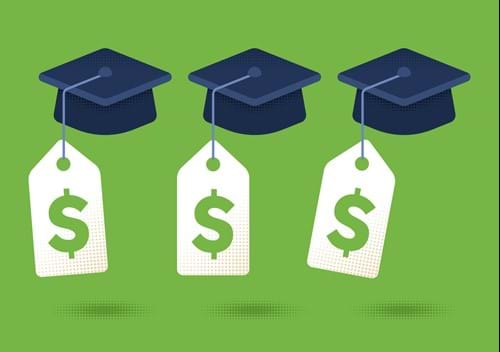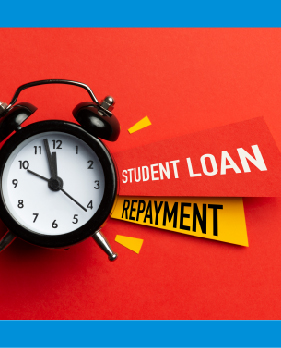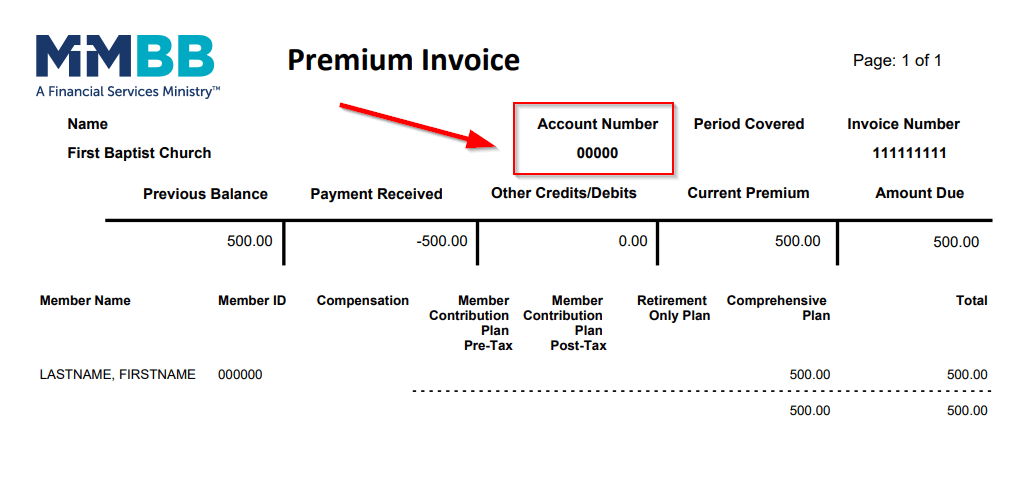Student Debt Relief Options: Do You Qualify?
In 2020, Federal Student Loan payments were paused as part of the COVID-19 Emergency Relief Funding programs. Starting in October, it’s time to begin making payments again, but what does this truly mean for you?
There have been several decisions recently which have resulted in much confusion around Student Loan Debt Forgiveness. In June, the wide sweeping plan proposed by President Joe Biden was struck down as unconstitutional by the Supreme Court. However, President Biden took advantage of a loophole and has created a new Student Loan Debt Forgiveness Plan. While his plan won’t be completely phased in until 2024, there are some programs already in place, including one-time student loan forgiveness as well as more regulatory reforms. There is also an overhaul of one type of the Income Driven Repayment Plan (IDR) plan now called Revised Pay as You Earn.
The Income Driven Repayment Plan (IDR)
Under the IDR, there are four income driven payment plans.
- Revised Pay as You Earn.
- Pay as You Earn.
- Income-based Requirement.
- Income-contingent Repayment.

For more information about these four payment plans visit https://studentaid.gov/manage-loans/repayment/plans/income-driven.
The IDR is a limited program for federal loans only. Nonfederal loans do not qualify. That said, over 800,000 borrowers will be released from their debt obligations totaling $39 billion.
It should be noted that even if the loans are in default, they still may qualify. You need three consecutive months of paying on time.
If borrowers have other kinds of federal loans, they may be able to consolidate the loans into a direct consolidation loan which then may qualify for one of the IDR plans. Click here to learn how to consolidate loans.
Standard loans, where monthly payments are fixed and at least $50 a month for 10 years, may be forgiven if they are switched to one of the IDR payment plans. Be aware that the switch may cause your monthly payments to increase.
The Teacher’s Loan Forgiveness Program
Teachers who have a bachelor’s degree, are state certified and have taught for at least 5 consecutive years serving low-income students may qualify for loan relief through the Teacher’s Loan Forgiveness Program. The loans must be subsidized or unsubsidized direct or Stafford loans.
It’s important to note that not all federal loans are direct. For instance, other types of loans can be Perkins loans or under the Federal Family Education Loan Program, (FFELP), a program where private loans are subsidized and guaranteed by the federal government. To apply for relief, these loans need to be converted into a direct loan using the consolidation steps previously referenced.
The maximum forgiveness amounts are:
- $17,500 – secondary school math/science teachers and highly qualified special education teachers.
- $5,000 highly qualified full-time elementary or secondary school teachers.

Public Service Loan Forgiveness (PSLF)
Approximately 2 million borrowers can be free of student loan debt through the Public Service Loan Forgiveness (PSLF) program.1 Full-time employees of non-profit organizations as well as federal, state, local or tribal governments who have made 120 qualifying monthly payments can apply for the Public Service Loan Forgiveness and Temporary Expanded Certification Application. Payments made past 120 months may be refunded. You need to make sure your employer qualifies. You can find the needed forms at studentaid.gov.
There is also the Borrower’s Defense, which can assist schoolteachers employed at private and for-profit institutions with canceling loans if the school they attended misled them or engaged in misconduct. An application, with evidence of how the school broke the law or misrepresented itself, must be submitted to the Department of Education. For more information on how to apply, visit https://studentaid.gov/borrower-defense/.
There is a downside to student loan forgiveness.
Your credit score may take a temporary hit if your student loan is paid off. Student loans are a type of installment loan, similar to a car loan. When a loan is erased, it reduces the diversity of your credit line. However, your diversity is only 10% of your credit score. On the other hand, any delinquent payments may be deleted from your credit history.
It should also be noted that for some of these programs you cannot earn more than $120,000 annually.
While there is no federal tax on loan forgiveness, some states are charging state tax, including Arkansas, California, Indiana, Minnesota, Mississippi, North Carolina and Wisconsin. Check your state so you will be prepared on tax day.
There is certain to be further discussion as President Biden’s new Student Loan Debt Forgiveness Plan rolls out in 2024. Be sure to pay attention for more details on this complex issue over the coming months.
1. https://www.bestcolleges.com/research/student-loan-forgiveness-statistics/
This article is for informational purposes only. MMBB is not responsible for the results of using the information in this article. MMBB does not endorse any third party links contained in the article.








 Next
Next



